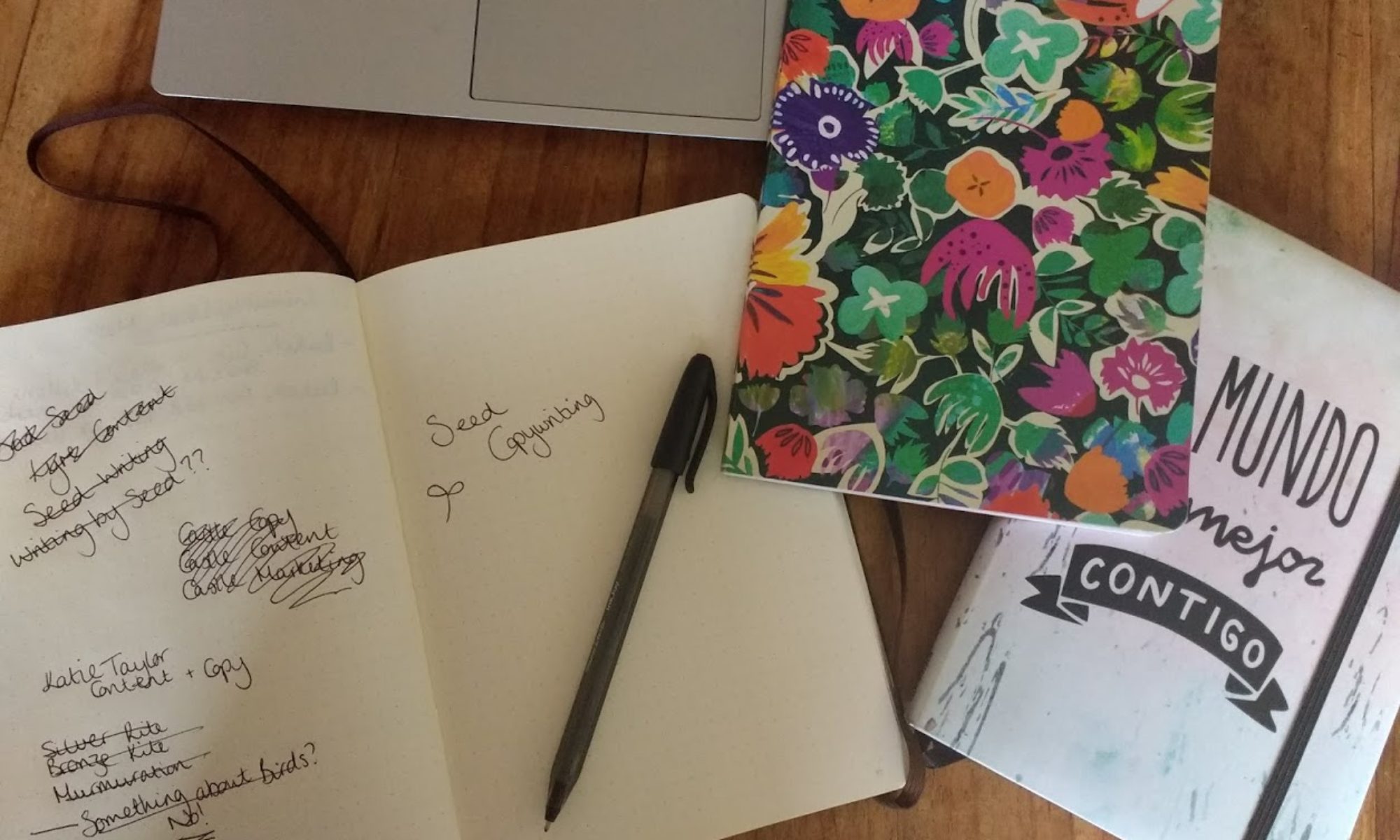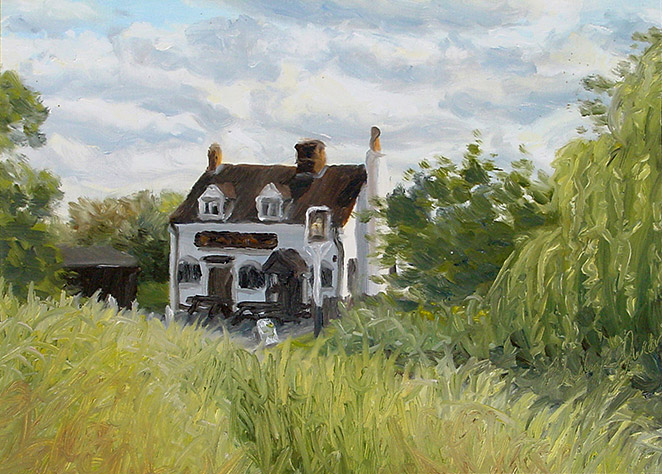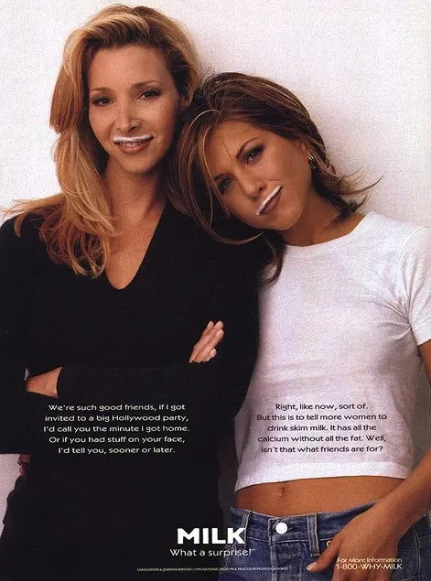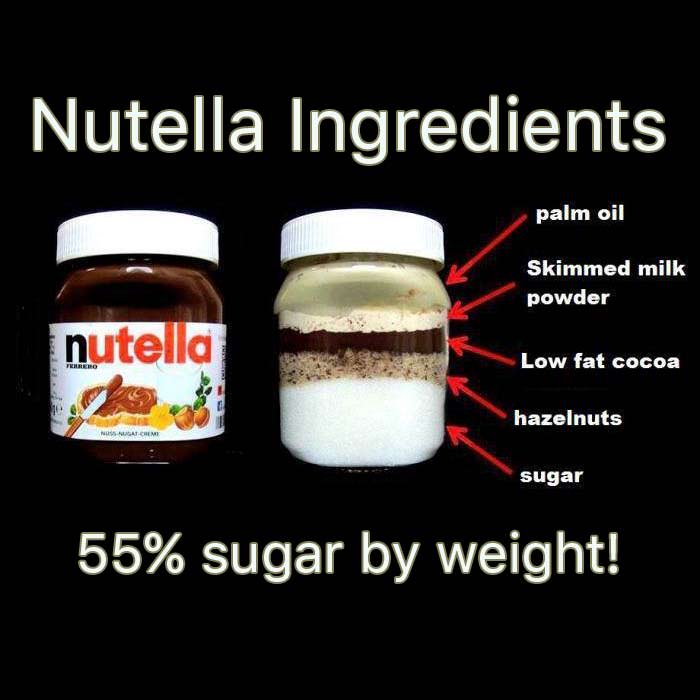Give us this day our daily Weetos
Like every child of the 90s, I grew up eating cereal for breakfast every morning. My favourites were Coco Pops, Weetos, and controversially, Apricot Wheats. My most hated adversary was the Honey Monster. His puffed wheat cereal was disgusting in both taste and texture. A truly vile invention from the writhing depths of hell.
The content below was originally paywalled.
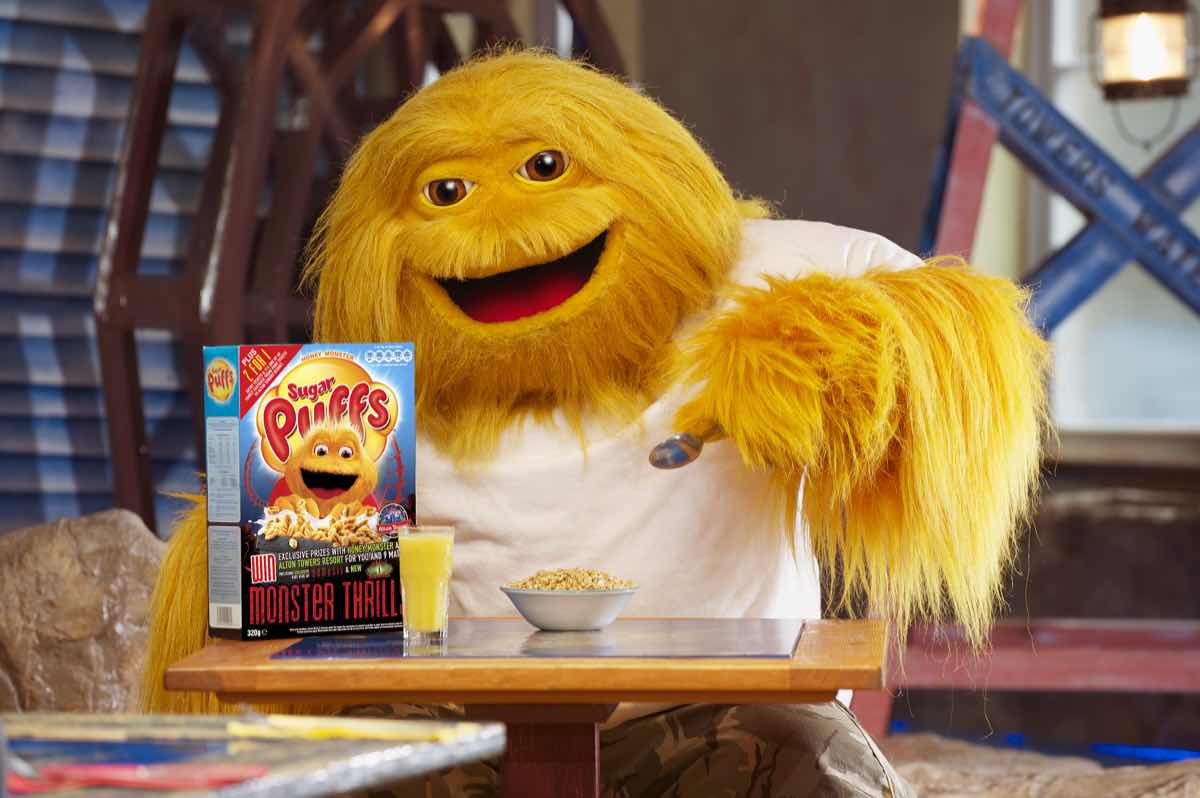
I don’t eat cereal now. As much as I love extremely expensive muesli—the more Brazil nuts in it the better—my morning cravings are generally savoury. I love eggs and toast, shakshuka is a gift, and sausages are much better than bacon, in my opinion. I believe the sausage and egg McMuffin is a truly angelic creation, fit to cure all ills and revive a person from near-death. The nearest I get to cereal these days are the amazing apple and cinnamon porridge bars you can get from Lidl. They are essential camping and walking snacks.
I’m sure you’re all aware of the legends that claim to explain the true motives behind the invention of cereal. If not, here’s Snopes’ concise and helpful guide to the creation of Kellogg’s Cornflakes.
What’s True
The creation of corn flakes was part of John H. Kellogg’s broader advocacy for a plain, bland diet. Without referring to corn flakes in particular, Kellogg elsewhere recommended a plain, bland diet as one of several methods to discourage masturbation.
What’s False
According to the available evidence, corn flakes were primarily created as an easy-to-digest, pre-prepared and healthy breakfast food, in particular for patients at the Kellogg sanatorium in Michigan. The product was never advertised as an “anti-masturbatory morning meal.”
Corn flakes were originally recommended as an easily-digested food for people with digestive problems and other illnesses that caused nausea and sickness such as dyspepsia. Later, Kellogg fought with his brother about additional ingredients to increase the popularity of their corn flakes and rice krispies—John stuck to his principles of plain food, and Will wanted to add sugar. John saw sugar as an evil to be eliminated from our diets, along with spices, alcohol, condiments, pickles, and basically everything in the world that makes food worth eating. The point of cereal, for John Kellogg, was its “pure” and “unstimulating” nourishment.
I’m sure that he’d find Cinnamon Grahams an affront to all that is good. Imagine presenting him with a bowl of Jolly Rancher-coloured Froot Loops, made by his own corporation. And that’s what’s interesting about breakfast cereals—they quickly moved away from being promoted as a healthy, lighter alternative to starchy and friend breakfast foods, appealing to children and the young at heart with sweetshop flavours and bright packaging. The turning point happened after World War II, in part because women were entering the workforce and quicker alternatives to cooked breakfasts were needed to feed the whole family. Onwards into the 1950s, cereal became one of the advertising industry’s most lucrative and successful project. Characters were invented and printed on the box, later taking part in TV shows about their exploits. Cereals began to be enriched with additional vitamins lost during the processing of the grains—many cereals are still made using refining techniques to remove fibre, because at the time they were invented, it was thought to inhibit the digestive system’s ability to absorb nutrients.
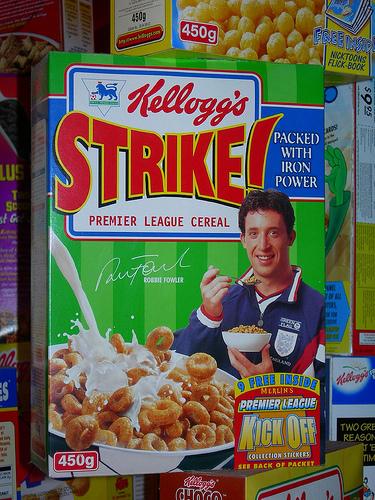
This addition of vitamins (remember, they largely just replace vitamins lost during processing) was a huge marketing drive, not just to get families to eat more cereal, but to encourage the idea that breakfast was the most important meal of the day. To this day, there is a lingering feeling that to miss breakfast is to ruin your day before you’ve even begun it. According to a recent study, it’s not true. Eating food, whatever time of day, is what keeps you going and strengthens your body. Your gut has no idea what time of day it is.
“We found that breakfast is not the most important time of the day to eat, even though that belief is really entrenched in our society and around the world…if you eat breakfast and it suits you, then you shouldn’t change. But what we tend to see is that there’s a strong push towards eating breakfast because ‘you should’. The evidence now says that’s not the case.
— Professor Flavia Cicuttini1
So why are cereals so popular in a world where we seem to want more “real” foods than ever before? Is it because granola, the good-natured hippy of the cereal world has created a sort-of halo effect? Do we buy into the idea of added vitamins? I think, more likely, it’s a combination of convenience and comfort, just like most of our everyday purchases at the supermarket. Packaged cereals were invented to solve the problem of needing something easy and nutrition to eat for breakfast. They still serve that purpose, over 100 years later. It’s been 70 years since sugary cereals invented for kids flooded the market, which means your grandparents might still enjoy a bowl for nostalgia’s sake. They’ve been touted as diet tools to keep slim, and now, in 2024, there are cereals manufactured to bump up protein content rather than B12 and riboflavin, promoted as a fun and delicious way to at healthily. Cereals are not going anywhere. They are part of our diets because we want them to be, not because they need to be. And that’s the processed food industry’s biggest achievement.
Sievert, K., Hussain, S.M., Page, M.J., Wang, Y., Hughes, H.J., Malek, M. and Cicuttini, F.M. (2019). Effect of breakfast on weight and energy intake: systematic review and meta-analysis of randomised controlled trials. BMJ, [online] 364(142), p.l42. doi:https://doi.org/10.1136/bmj.l42
